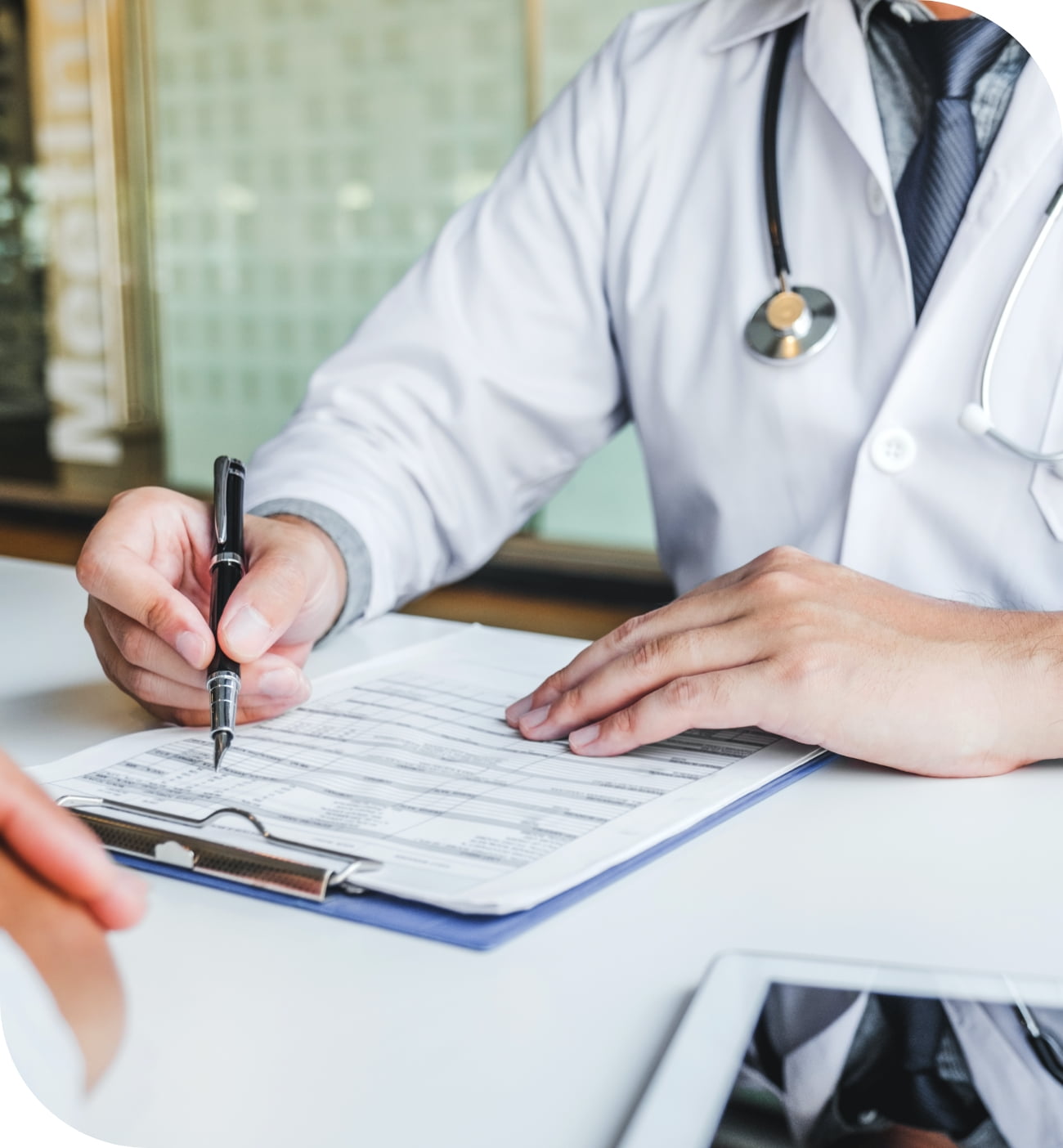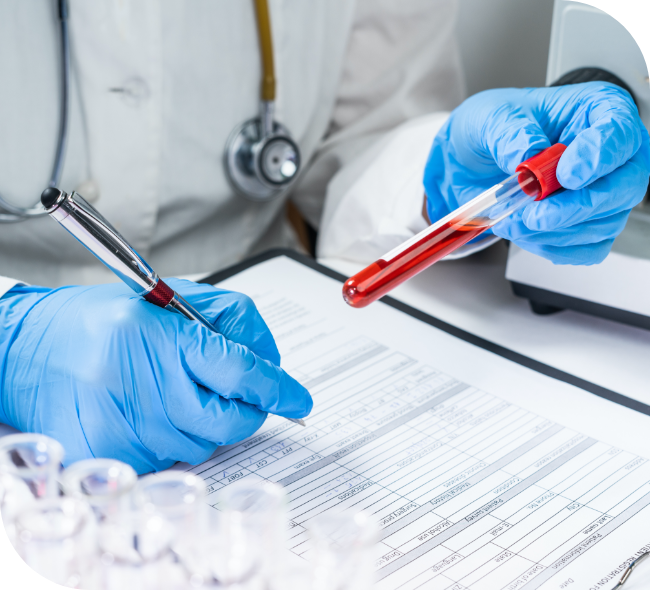In the event that you have indications that recommend a kidney stone, an output or X-ray of the kidneys and ureters might be taken. The point of these tests is to distinguish a stone and to check whether it is obstructing the progression of pee.
Kidney stones are normal and much of the time they are not brought about by a known hidden condition. In any case, some standard tests are accessible to preclude any hidden issues. Tests are bound to be informed on the off chance that you have manifestations with respect to a fundamental condition, experience the ill effects of repeating kidney stones, have a family background of a specific condition or if a stone structures in a youngster. Tests which might be exhorted include:
- A blood test to watch that the kidneys are working appropriately.
- Blood tests to check the level of specific synthetic compounds.
- Pee tests to check for contamination and for specific stones.
- An examination of the stone on the off chance that you pass it out.





